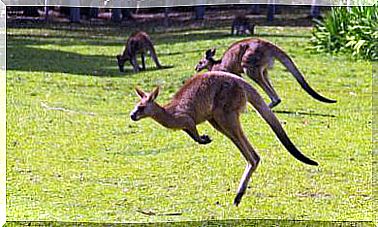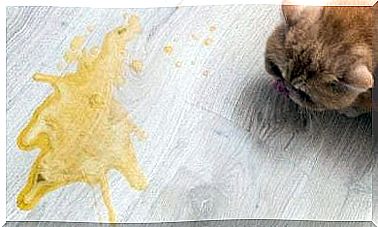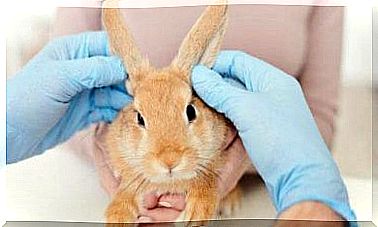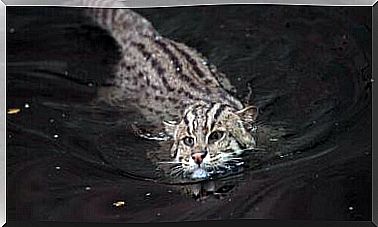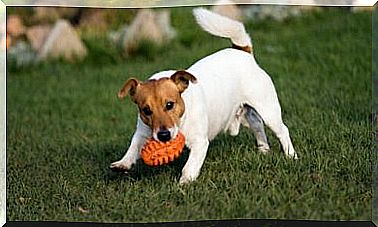The Labrador Retriever: A Noble Dog

The Labrador Retriever is one of the most popular breeds in the world, and the honey-colored (or champagne) variety has become particularly popular thanks to the Scottex commercial. But besides knowing that he can be honey-colored, that he can be trained to be a guide dog, and that he loves playing with toilet paper, what else do we know about the Labrador Retriever?
Where did the Labrador Retriever come from?
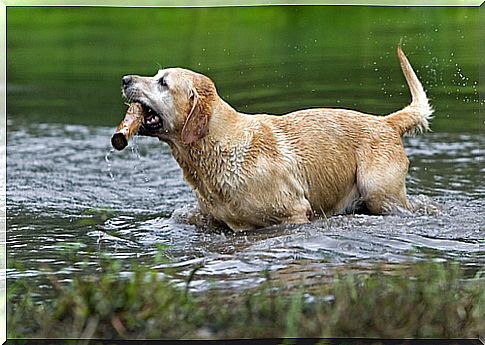
The Labrador Retriever is a dog native to the island of Newfoundland, which is now part of the province of Newfoundland and Labrador (hence the name), in Canada. Its precursor is the water dog of St. John, also native of the same island, which was born precisely from the farms of the first colonists of Newfoundland in the sixteenth century. who had crossed different breeds – English, Irish and Portuguese – of working dogs that the settlers had brought with them to the island.
There were two varieties of St. John’s dog: the greater Newfoundland and the lesser Newfoundland. The greater Newfoundland was of robust build, large and longhaired, while the lesser Newfoundland was smaller, agile, active and shorthaired and soft.
It was the lesser Newfoundland that gave rise to the Labrador Retriever: these dogs (the lesser Newfoundlands) were used by fishermen to carry the lines between the boats and to retrieve the fishing nets and pull them up from the water. This dog’s predisposition to water and hard work, along with his loyalty, was what made him so useful to fishermen.
Towards the end of the 18th century, the Earl of Malmesbury brought two St. John’s water dogs with him to his English residence, where he played a pivotal role in the settlement of the modern Labrador in England. In 1903 this breed was officially recognized as a Labrador Retriever.
The appearance of the Labrador Retriever
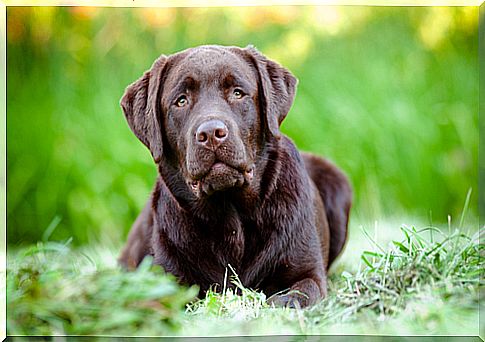
The Labrador Retriever is a large dog, which can reach a height of 57 cm in males and 56 cm in females and as regards the weight, the male can weigh up to 36.4 kg while the female 31.7 kg. It has a strong constitution, has a large head and a broad but not pointed muzzle, with scissor teeth (this means that the inner side of the upper incisors is in contact with the outer side of the lower incisors).
Its eyes are medium-sized, brown or hazel, and the neck is vigorous. The back is broad, short and strong, the chest and side are wide and deep and the kidney area short. The tail is one of the most peculiar aspects of this breed and is thick at the base and thin towards the tip: it is of medium length and without fringes, but it must be covered with short, thick and compact hair. Its coat is short and dense, smooth and without fringes and, to the touch, it gives the feeling of being hard. It has a waterproof undercoat, which allows it to spend a lot of time in the water. It can be completely black, honey-colored, or brown, although it may have a small white patch on the chest.
The temperament of the Labrador Retriever
The Labrador Retriever is a gentle, sociable and mild-mannered dog, characteristics that make him particularly suitable for living with the family. It is also reputed to get along very well with children of all ages and other dogs, as well as being a dog capable of helping the elderly, since it can be trained to pick up things that have fallen, turn off lights, bring back objects. etc. For this reason it is also an excellent guide dog.
Because of its excessive sociability, it is not suitable for guarding because, while barking, it does not attack. Of a restless nature, he needs continuous exercise in order not to get bored and good training since he was a puppy, otherwise he would become unmanageable. It is recommended that leash training be done from the beginning to get him used to it and prevent him from rebelling or pulling on the leash as an adult.
Furthermore, these dogs possess the ability to carry objects in their mouths with great delicacy, a skill known among hunters as “soft grip”. A well-trained Labrador Retriever is able to carry an egg in his mouth without breaking it, making him ideal for carrying items.
It responds well to any type of training or exercise, so it can be trained as a drug and explosive dog to complement law enforcement work and also as a search and rescue dog.
The health of the Labrador Retriever
The life expectancy of a Labrador Retriever is around 10-12 years. It is a relatively healthy breed although, like all large breed dogs , it is prone to hip dysplasia and knee problems such as patella luxation.
He may also suffer from eye problems (progressive retinal atrophy, cataracts, corneal dystrophy and retinal dysplasia) and centronuclear myopathy (an inherited disease involving severe deficiencies in the muscle fiber). Some Labrador Retrievers can develop so-called exercise-induced collapse syndrome, which causes a rise in temperature, weakness, collapse and disorientation after short periods of erecice.
It can also have immunodeficiencies and deafness. At the same time it is a breed with a voracious appetite, which tends to obesity and must therefore be kept under control with a balanced diet.
